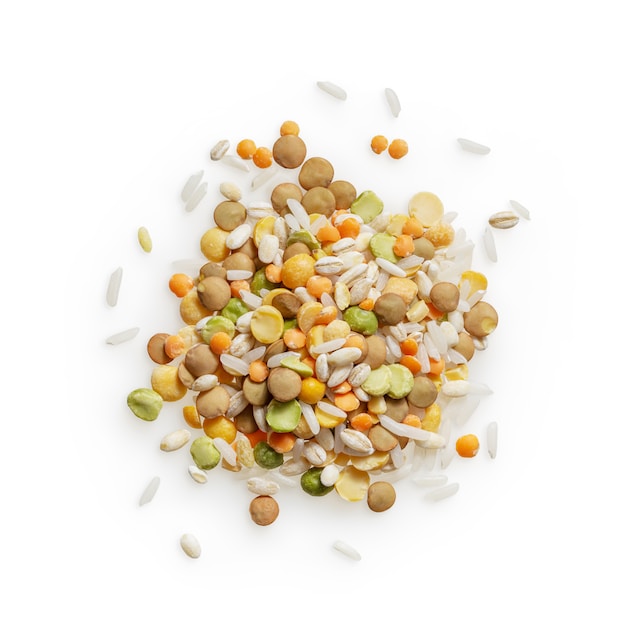Introduction:
Grains, with their rich source of complex carbohydrates, have been a dietary staple for centuries. However, the digestion of these complex carbohydrates is a complex process that involves the action of enzymes within our bodies. In this article, we delve into the fascinating world of carbohydrate digestion, exploring the role of enzymes in breaking down the complex carbohydrates found in grains and shedding light on their significance for our overall digestive health.
- Understanding Complex Carbohydrates:
Complex carbohydrates, also known as polysaccharides, are composed of long chains of sugar molecules. Grains like wheat, oats, rice, and barley are abundant in these complex carbohydrates, which provide a sustained release of energy and important nutrients. However, our bodies need to break down these complex structures into simpler forms for efficient absorption and utilization.
- Enzymes: The Digestive Powerhouses:
Enzymes are specialized proteins that act as catalysts in various biochemical reactions within our bodies. In the context of carbohydrate digestion, specific enzymes play a crucial role. The primary enzyme responsible for breaking down complex carbohydrates is called amylase, which is produced by our salivary glands and pancreas.
- The Journey Begins in the Mouth:
Digestion of complex carbohydrates starts in the mouth, where salivary amylase initiates the breakdown process. As we chew grains, salivary amylase begins to break down the complex carbohydrates into smaller sugar molecules, such as maltose. However, this initial step is limited as the process is interrupted once food reaches the stomach, where the acidic environment inhibits salivary amylase activity.
- The Pancreatic Enzyme Arsenal:
The majority of carbohydrate digestion occurs in the small intestine, thanks to the action of pancreatic enzymes. The pancreas releases pancreatic amylase, which continues the breakdown of complex carbohydrates into smaller sugars, including glucose, maltose, and lactose. These smaller molecules can be absorbed by the intestine and transported into the bloodstream for energy production.
- Absorption and Utilization:
Once the complex carbohydrates have been broken down into simpler sugars, they are absorbed by the cells lining the small intestine. From there, these sugars can enter the bloodstream and be transported to various tissues and organs to provide energy. Insufficient breakdown of complex carbohydrates can result in malabsorption and subsequent digestive issues.
Conclusion:
The breakdown of complex carbohydrates found in grains is a remarkable process facilitated by our body’s enzymes. From the salivary amylase in our mouths to the pancreatic amylase in our small intestines, these enzymes play a vital role in converting complex carbohydrates into simpler sugars for absorption and energy production. Understanding this intricate process sheds light on the importance of proper carbohydrate digestion and its impact on our overall digestive health. As always, maintaining a balanced diet that includes a variety of whole grains can support the functioning of these digestive enzymes, ensuring optimal nutrient absorption and overall well-being.




